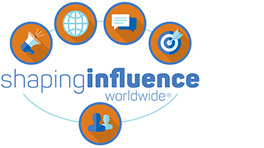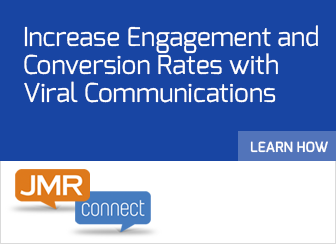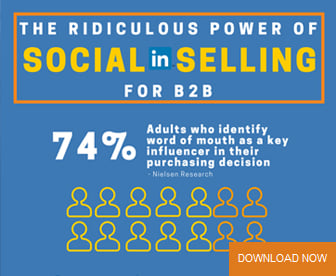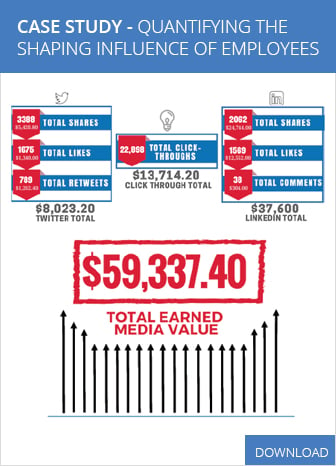The Evolution of Influencer Marketing
It used to be so simple. Find your market, hit the media that your audience consumed, and from that you reached your audience.
But no more. With the explosion of media options thanks to blogging and the Internet, this old tactic no longer holds sway. In its place is tapping into influencers, key shapers of public opinion in niche communities and overall. Get influencers on board and your message goes out. Fail to reach them, and you’re in trouble.
Influencers are used for a variety of purposes today, according to a study by influencer engagement firm, Augure. Content promotion is the most cited reason to engage with influencers, with 67 percent citing this use for influencer engagement. But product lunching and content creation were also cited nearly as highly, at 59 percent each, and influencers also are used for event management, corporate communications, SEO and crisis management.
Leveraging influencers has become big business, too. Roughly 35 percent of social media professionals polled in 2015 by the Altimeter Group’s State of Social Business study said that their influencer marketing was at a mature stage of development, with only 14 percent not planning to use influencers as part of their mix.
Influencers know they are important now, as well. In the early days of content marketing and shaping influence, most influencers were happy to help brands in exchange for free products and trips. But no more; nearly 70 percent of influencers now expect monetary compensation for mentioning a brand in a post, according to marketing firm GroupHigh.
This could be why Augure found that 61 percent of marketers in the U.S. planned to increase their influencer marketing last year. Interestingly, this was in contrast to only 20 percent of European marketers citing the same.
Not all influencers are created equal, however. As I noted earlier this month in an article on this site, Four Ways to Know You've Found the Right Influencers, businesses must not only connect with influencers—they must connect with the right influencers. This means identifying influencers who hold sway in the right communities, can positively impact a marketer’s campaign goals, and have a track record of moving the needle when they do mention a brand, among other identifying attributes.
Influencers are an important part of the marketing mix. The industry has grown up, and now haphazard or ill-planned programs for connecting with influencers are not enough. Businesses have to take influencer marketing seriously.
Edited by Rory J. Thompson











